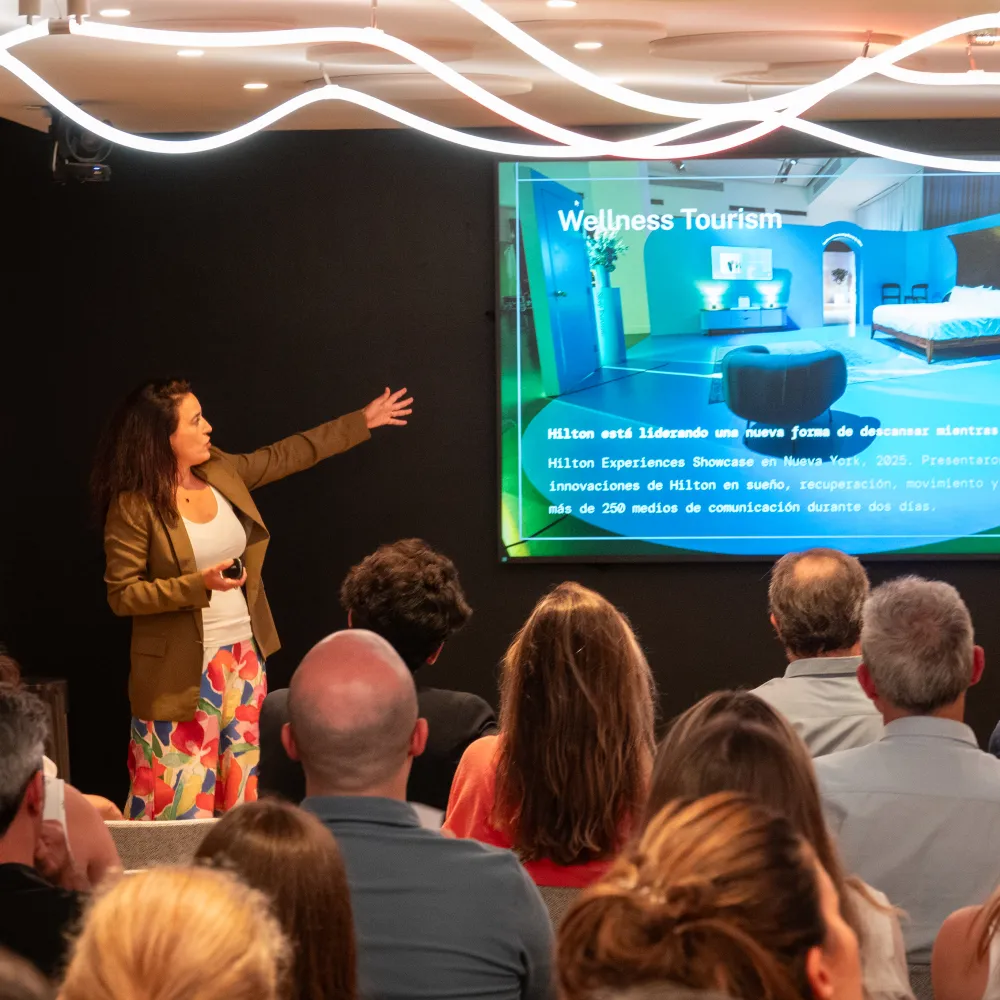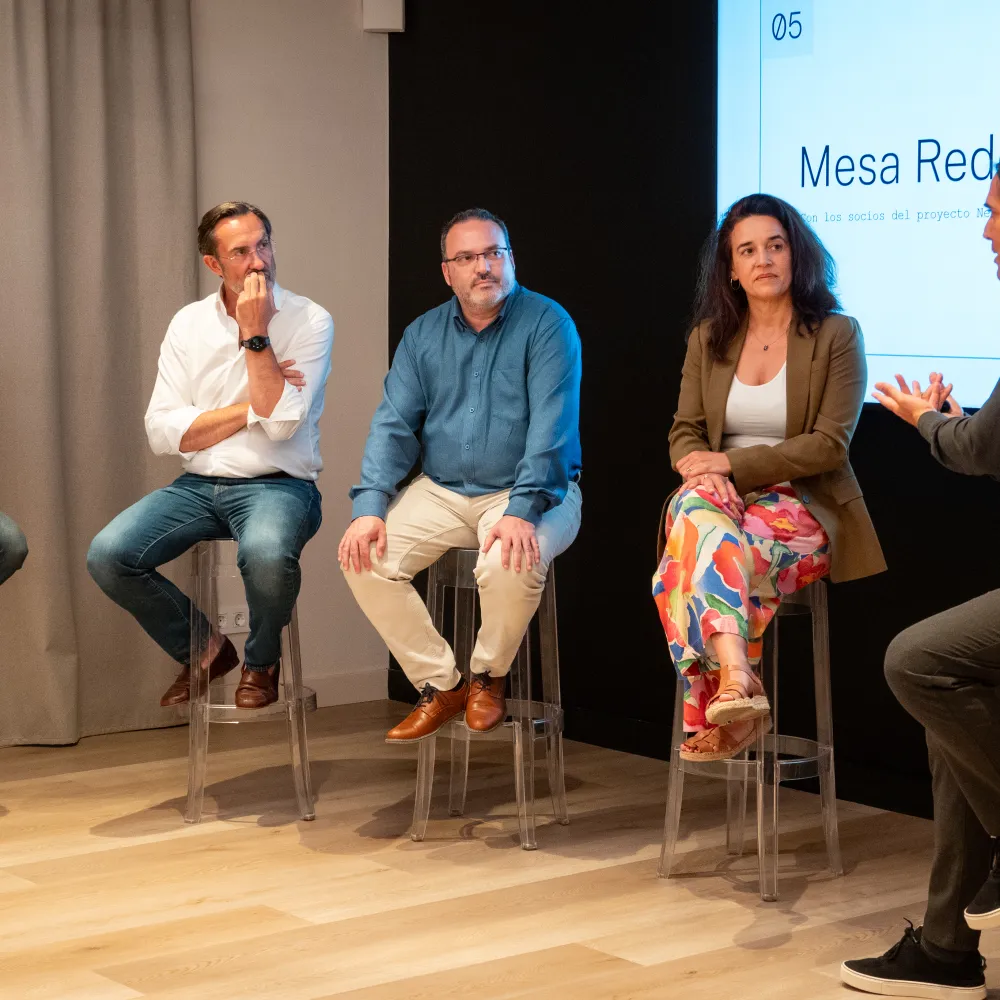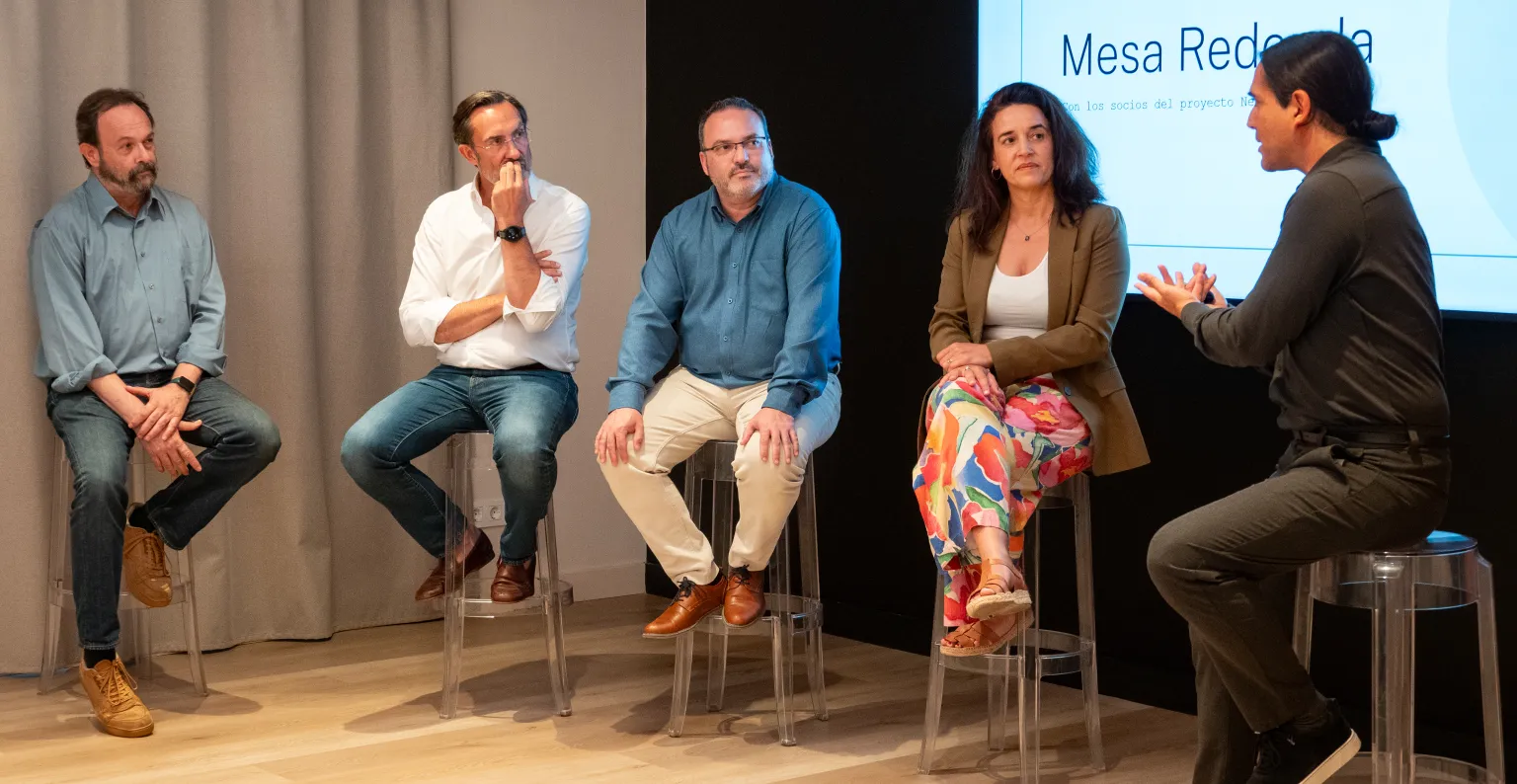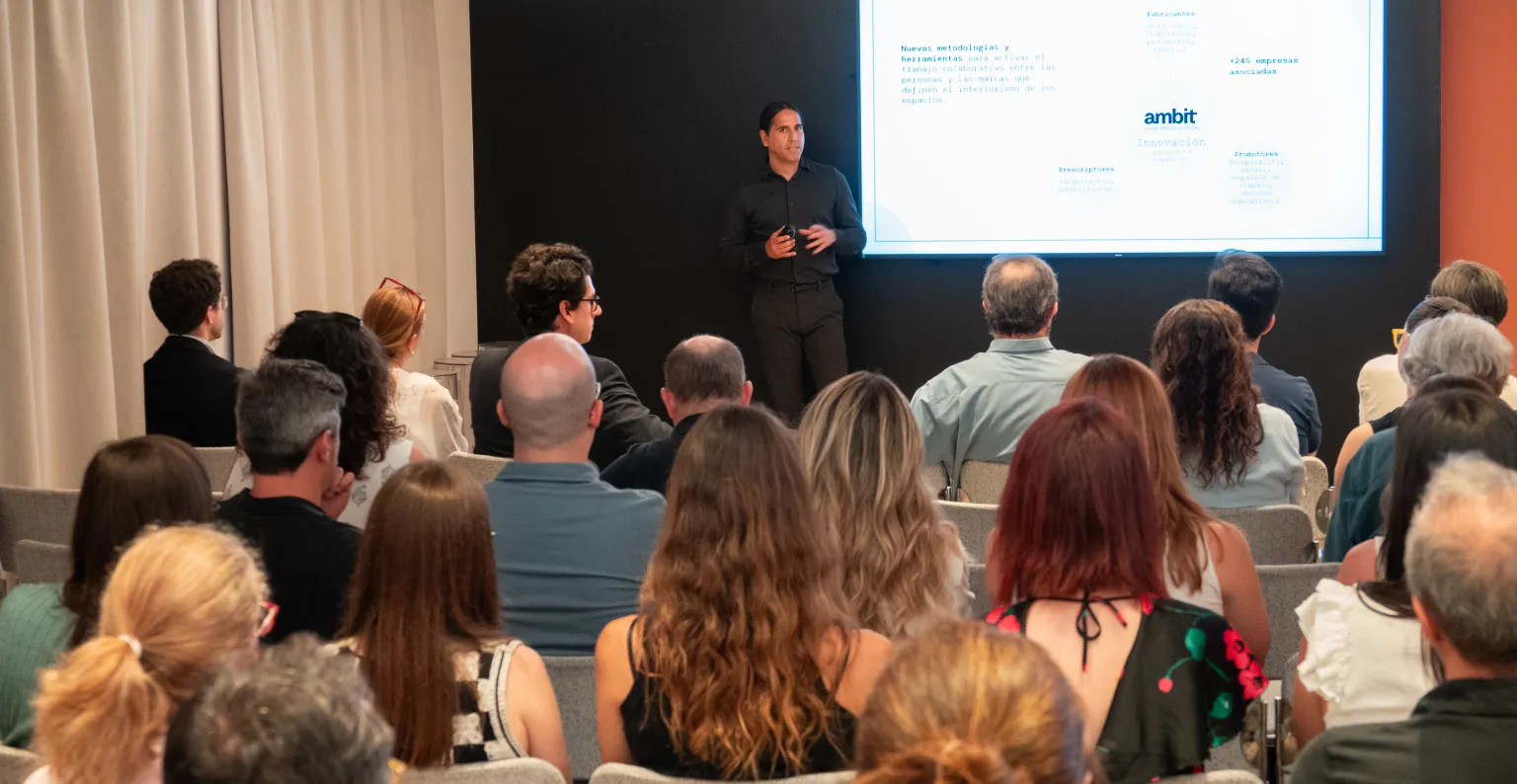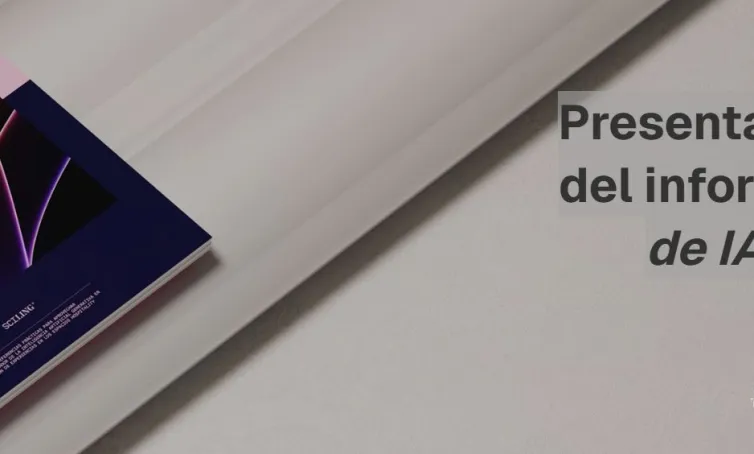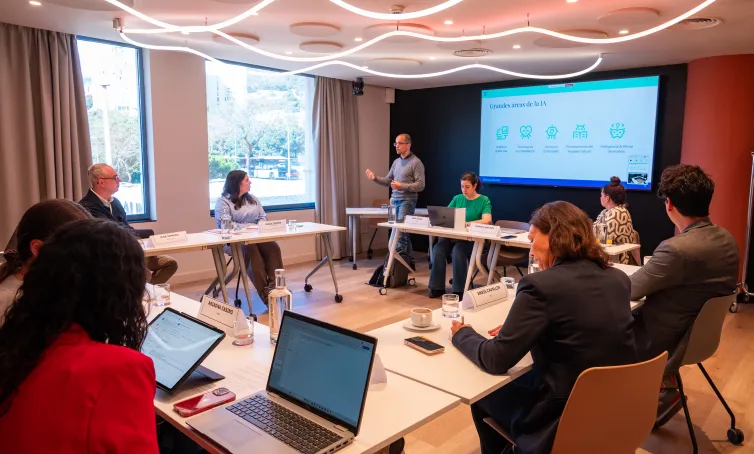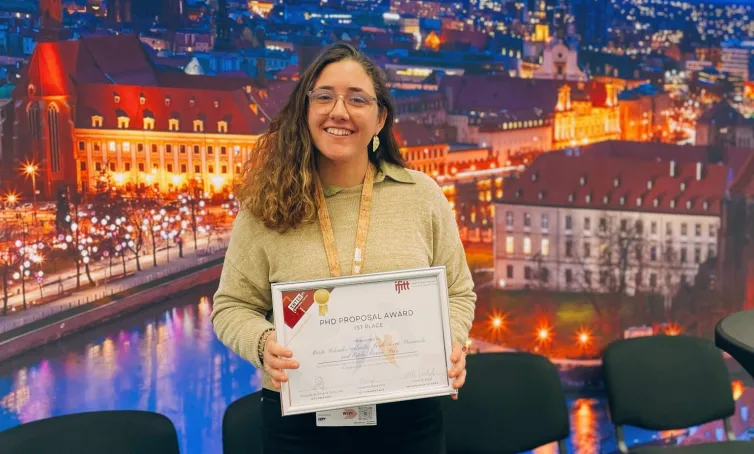Neurodesign and artificial intelligence to transform the tourism experience: the Neurotourism project rethinks hospitality
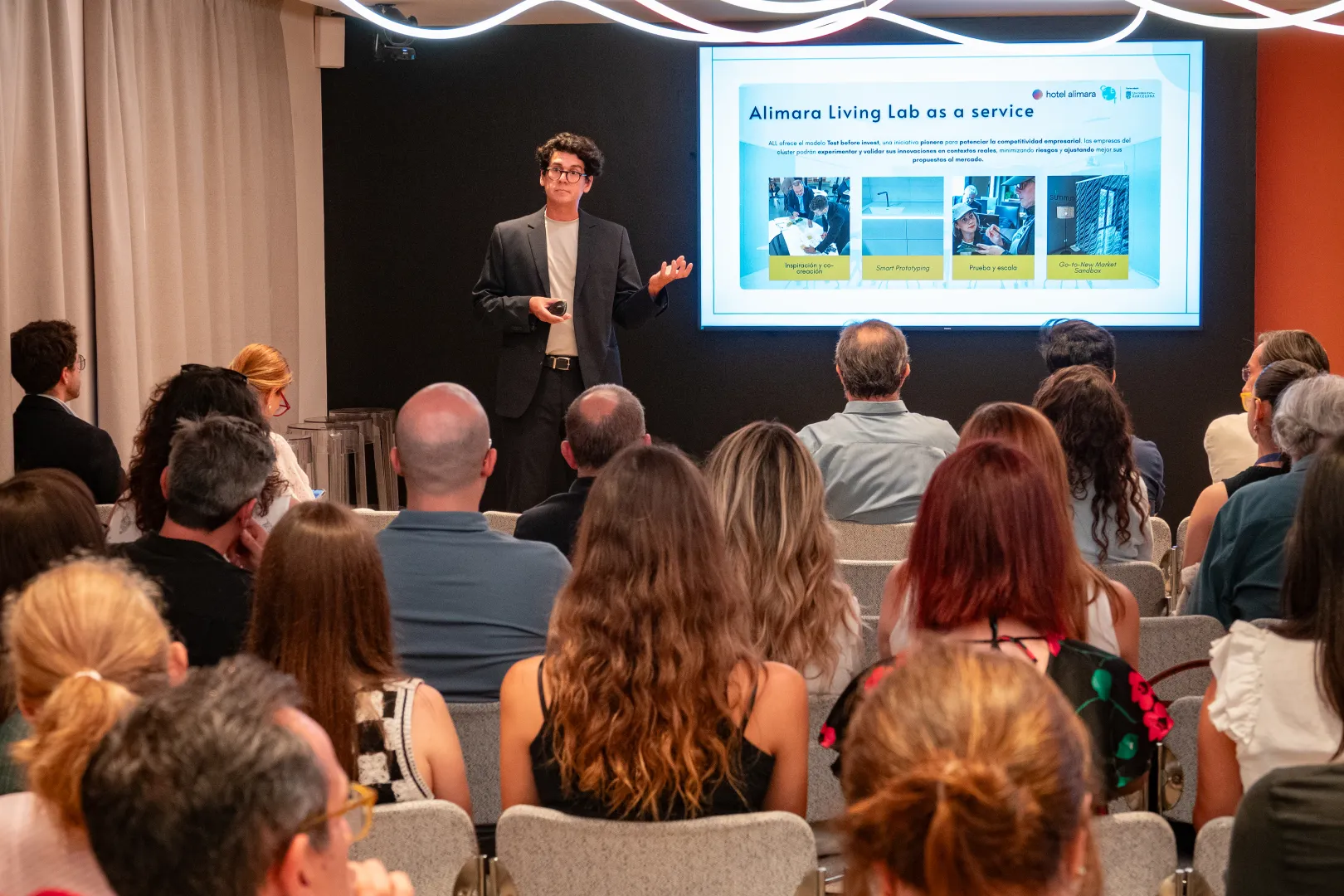
The Neurotourism project introduces real improvements in spatial design that directly impact guest well-being and satisfaction.
The Neurotourism project, led by the Hotel Alimara —the university hotel of CETT, Barcelona School of Tourism, Hospitality and Gastronomy— and the AMBIT Cluster, together with partners Chök, Goli Neuromarketing and the Eurecat Technology Centre, concludes its co-creation phase at Hotel Alimara with tangible improvements in spatial design that enhance guest satisfaction and well-being.
Did you know that 70% of travelers say that the ambiance of a space influences their decision to return or recommend an experience? With the aim of rethinking space based on scientific evidence and a human-centered approach, the Neurotourism project has applied techniques of neurodesign, artificial intelligence, and environmental monitoring to several key areas of Hotel Alimara.
As a model university hotel, Hotel Alimara houses the Alimara Living Lab, an experimental environment that fosters innovation in hospitality and restaurant services. Within this collaborative platform, initiatives like the Neurotourism project take shape — positioning it as a benchmark for data-driven design in the hospitality industry.
Key results at La Ronda Restaurant
One of the most significant case studies was the La Ronda restaurant, where neurotechnology and emotion analysis revealed that the buffet layout was creating a sense of disorder or discomfort, despite the high quality of the food. In response, the space was completely redesigned:
-
A new buffet layout that concentrates products into a single zone.
-
Improved guest flow, reducing visual overload and facilitating orientation.
-
Enhanced presentation, with varied heights and relocated juice and coffee stations.
These changes have led to a smoother, more satisfying experience, with increased time spent in the dining area, improved perception, and the elimination of negative emotional responses. It confirmed that the issue wasn't the food, but the spatial design.
Evidence as a design driver
The research phase applied empirical triangulation methodologies, combining subjective data —such as phenomenological workshops with staff and users— and objective data gathered using wearable technology (bracelets, sensors, extended reality). This enabled the team to identify behavioral patterns, dominant emotions, and key areas for improvement.
Environmental indicators were also analyzed, including air quality, temperature, lighting, and acoustics. According to the data, improving these conditions can increase productivity (+78 %), reduce absenteeism (-40 %) and raise satisfaction (+60 %).
A new way of conceiving hospitality
The project’s conclusions show that well-being is no longer a luxury, but a new standard in the design of tourism experiences. With this initiative, CETT-UB consolidates its leadership in tourism innovation, and Hotel Alimara becomes a living lab where design, neuroscience, and technology are placed at the service of people.
The project is funded by the Ministry of Industry and Tourism through the aid program for last-mile digitalization projects in tourism sector companies, LINE 2.
